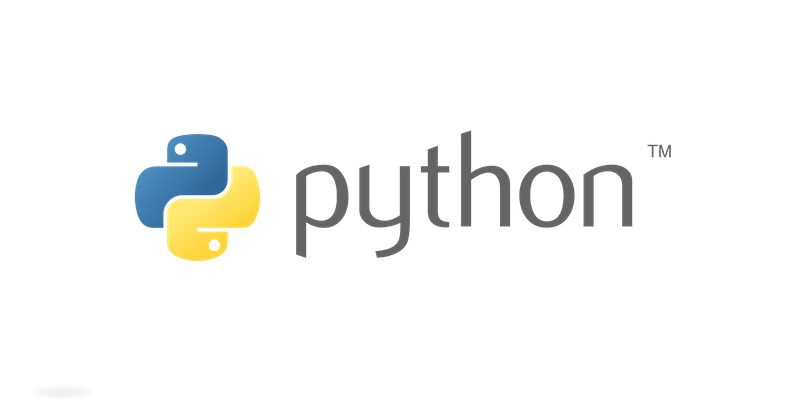How to become Python back-end developer

About the right way and the techniques, you should follow along with the scope of the Flask/Django framework.
Back-end development is developing the server side of a web application. This includes the code that interacts with the database, processes user requests, and generates the dynamic content displayed on the application’s front end.
Back-end developers use a variety of programming languages, including Java, Python, PHP, Ruby, and C#. They also use a variety of frameworks and libraries to help them build efficient and scalable applications.
The primary responsibilities of a back-end developer include:
- Designing and developing the database schema
- Writing code to interact with the database
- Processing user requests and generating dynamic content
- Securing the application from unauthorized access
- Optimizing the application for performance
Back-end development is a critical part of the web development process. A web application cannot function correctly without a well-designed and implemented back end.
Here are some examples of back-end development:
- When you search for a product on Amazon, a back-end developer is responsible for retrieving the product information from the database and displaying it on the front end of the website.
- When you purchase on an e-commerce website, a back-end developer is responsible for processing your payment and updating your order status.
- When you log in to a website, a back-end developer is responsible for verifying your credentials and granting you access to the site.
Back-end development is a complex and challenging field but also very rewarding. If you are interested in a career in back-end development, many resources are available to help you learn the skills you need.
Here are some popular back-end development languages:
- Java
- Python
- PHP
- Ruby
- C#
Here are some popular back-end development frameworks:
- Spring Boot
- Django
- Laravel
- Rails
- ASP.NET Core